Dehradun is situated in the lap of the Himalaya Mountains, as well as the capital of Uttarakhand as well as being a beautiful city. Dehradun attracts tourists due to its natural beauty and harmony. To go to Mussoorie, you have to go through this and it starts from the hill. The evening fall is made only by the beauty of this city. On seeing from Mussoorie, the Doon valley looks like millions of stars are shaking in the sky.
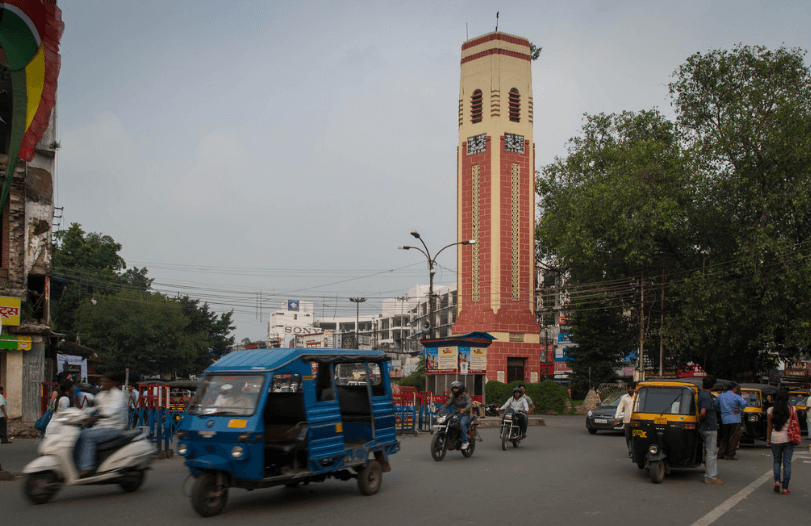
Origin of the word Dehradun:
The word dehradun has been coined by combining two words-
The word “dehra” means habitation or dehra. “Doon” means Drona or mountain valley.
Establishment of Dehradun:
Dehradun was established in 1699. It is said that the Guru of Sikhs, Ram Rai, came here from Kiratpur Punjab and settled here. The Mughal emperor Aurangzeb had donated him some villages from Tehri monarch. Here he built a temple similar to the Mughal tomb in 1699 AD, which is famous till date. Perhaps the name of this place will be named Dehradun due to the Guru’s camp being in this valley.
Apart from this, according to a very ancient legend, the name of Dehradun was first known as Drona Nagar and it was said that the Guru Dronacharya of Pandava-Kauravas had made their Tapo Bhumi at this place and named him the city after his name.
According to another legend, the drugs of Drona Mountain which Hanuman was taken to Lanka, when Laxman was injured. It was located in Dehradun, but this mountain in Valmiki Ramayana has been called mahodaye.
History of Dehradun:
Dehradun is located in northwestern Uttarakhand state of northern India. Dehradun is situated in the foothills of the Himalayas at an altitude of 670 meters. Geographically, Dehradun is situated between the hills of Shivalik and the hills of the central Himalayas. Dehradun, the capital of Uttarakhand, is a famous tourist destination of India. Dehradun extends from Ganges in the east to Yamuna River in the west. This kind of broad valleys are called “Doon”. The valley between the Himalayan foothill and the Shivalik mountain range is called the doon. There are many rivers like Song and Asana in this valley.
According to Skanda Purana, this area was part of the Kedar section. Lord Shiva’s rule was here. It is also said that Dehradun was the birthplace of Guru Dronacharya. Pandavas also spent some time here on the way to heaven ascension. Before the centuries, the kingdom of the great emperor Ashoka of the world was spread even to a few centuries ago. Ashok also carved inscriptions in Kalsi Kalsi is 50-60 km away from Dehradun.
Brahmadutt
The kingdom of BrahmaDutt was between the Ganga and the Yamuna. In 1368, Timur fought with King Brahmadatta near Haridwar. Timur crossed the Ganges from Bijnor district and entered Dehradun from the Mohand Pass. After the defeat of BrahmaDutt, Timur was brutally beaten, he got a lot of money in the loot. After this, there were no looters for centuries. In the time of Shah Jahan, the Mughal army came here again. At that time, the kingdom of the earth ruled in Garhwal.
The invasion:
When the Mughal Empire was disintegrated, the Gojurs invaded Dehradun in 1772 AD. Thereafter, the Afghan Sardar Ghulam Qadir killed many Hindus in the temple of Guru Ramrai, and then the Subedar Najibuddaula of Saharanpur attacked and attacked the Doon valley and took possession of it. After his death, Guzar, Rajput and Gorkha; all of them have looted the state in turn.
In 1783 AD, Sikh Sardar Baghel Singh demolished Dehradun after robbing Saharanpur. Only those who took refuge in the temple of Ram Rai could escape, all others were taken to the sword. Baghel Singh’s soldiers looted in nearby villages
Sahastdhara, Dehradun:
In 1786 Ghulam Qadir again looted Dehradun and this time his assistant Maniyar Singh was also there. The Ghulam Ghulam Qadir looted the Gurus of Ramrai and burnt the temple and by laying down on the bed of the Guru, he hurt the hearts of the Sikhs and Hindus. Local Hindus believed that due to these atrocities, Due to these atrocities, this evil person became mad and got death.
In 1801 AD, the Gorkhas captured the Doon Valley. At that time Tehri Garhwal was the ruler of the King Pradumnshah. In this battle, Veer Senani Amar Singh of Gurkha Naresh Bahadur Shah fought with great bravery. The State of Gorkh remained in this valley for thirteen-fourteen years. In this period, they ruled with great cruelty. Their torture had increased so far that they used to sell the farmers every year at Haridwar fair to recover the rent. It is said that their value rose from ten to one hundred and fifty rupees.
The hundreds of Farmers ran out from Doon Valley. Mahant Harsewak of Ram Rai Gurudwara called these farmers back later. After the Gurkha war in 1814 AD, the Doon valley and other hill states of northern India came under the control of the British. During the 18th century the invaders conquered this area one after another, in which were the last Gurkha’s. At the end of the Battle of Gurkha in 1816, this area was transferred to the British.
Headquarters of British rulers:
By 1871, the British rulers had made it the headquarters of the district and linked it to rail and road construction. Dehradun famous for its natural beauty and well-being climate is surrounded by the Shiwalik hills of the Himalayas. Paltan Bazar, Rajpur Road, Chakrata Road, Laxman Chowk, Dhamawala, Dharmapur are famous markets here. In 1929, the British rulers established the forest preservation and vegetable museum on Chakrata Road.
National and international reputable organizations in Dehradun:
The British ruler established many national and international reputable organizations in Dehradun. In 1932, the National Defence Academy and the establishment of Indian Military College in 1922 started military training. Which is still increasing the pride of the country.. Indian Institute of Survey in 1935, Doon School in 1854, CMI Boy’s Inter College in 1854, Ranger College in 1878, Mahadevi Kanya Vidyalaya in 1902, High School in 1914, Intermediate in 1938 and D.A.V. College in 1922 which became Degree in 1946 and Post Graduate College in 1950.
St. Thomas in 1966, St. Joseph’s Academy in 1934, Colonel Brown School in 1926, Cambrian Hall in 1954, Hindu National Inter College in 1920, Sadhu Ram Inter College in 1925, Sri Gururam Rai Inter College in 1936, Gurkha Inter College in 1925, Schools registered with Velham Girls and Boys Schools were established in Dehradun. Today, Dehradun is a Shelter place for many universities and educational institutions.
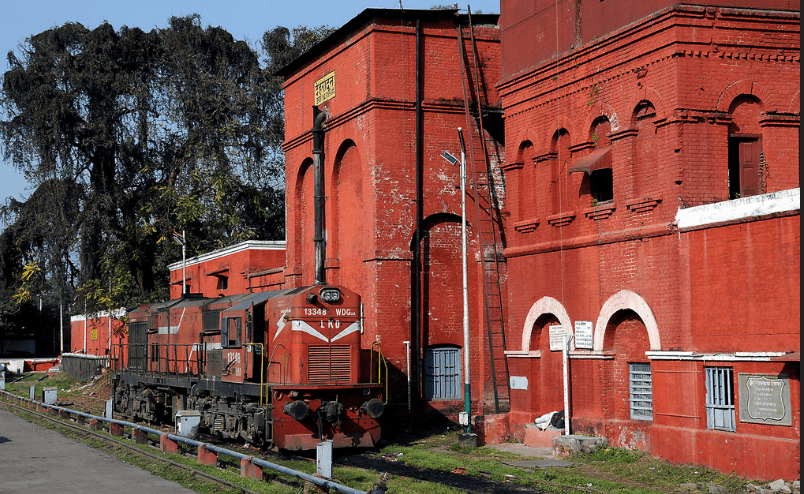
There are several important institutes like Indian Petroleum Institute, Indian Institute for Remote, Indian Wildlife Institute, and the Institute of Human Sciences in Dehradun. Today’s modern Dehradun is moving forward with step by step with the world. Has become an important center of education and health. Many have become big hospitals and health education institutes. This North is constantly becoming a huge center of service to the people of India. In 2000, after becoming the capital of Uttarakhand, the urbanization of Dehradun has been rapidly.
The importance of Dehradun has increased significantly due to civil facilities as well as the headquarters of the state machinery, assembly, secretariat and many departments. Dehradun as a confluence of a hill and plain culture will also remain an important place in the coming future.
Cricket Stadium in Dehradun:
Located in the capital of Uttarakhand, this stadium is located right next to the rolling hills and rivers background. This stadium has a seating capacity of 25 thousand viewers. From this stadium, the audience can be removed in an emergency within just 8 minutes.
Apart from the grounds at this stadium, state-of-the-art amenities are available including restaurants, retail and food for lunch and conference hall.
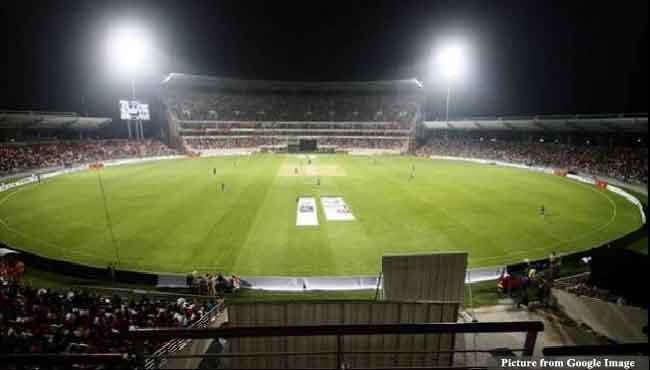
The stadium has been selected as the home ground of the Afghanistan cricket team and the Afghan team has played three T-20 matches against Bangladesh on the same ground on three, five and seven June 2018.
Dehradun International Cricket Stadium, designed by collage design, is India’s first lead (Energy and Environmental Design) Gold Standard Stadium. Collage Design, India’s Leading Sports Infrastructure Company. Collage Design also worked on all six stadiums (Goa, Guwahati, Kochi, Kolkata, Navi Mumbai and New Delhi) for the first time in the FIFA U-17 World Cup in India.
Traffic and transport:
Dehradun is a tourist destination and a stopover for the rail and road coming from the south. There are plenty of resources available here
Air route:
Jolly Grant airport is the nearest airport to Dehradun. It is connected directly to the major cities of the country.
Railway track:
Dehradun is connected to the major cities of the country. There is daily train service available from Delhi, Kolkata, Mumbai, Varanasi, Lucknow and other places.
Roadway:
Dehradun can be reached by bus routes from several cities of Delhi and the state.
Population of Dehradun:
According to the 2018 census, the population of Dehradun is 10, 30,000 (as per 2018).
Tourist Places in Dehradun:
There is no shortage of special places to visit for any tourist. There are many such places in the world where you can make excursions. But we make you go to some places in your country, which are quite attractive. Yes, we are talking about, those 10 special places in Dehradun, which your mind will never be filled. These are the places where tourists enjoy coming from far away. Then you will ever come to Dehradun, then do not forget to see these special places….
-
Asan Barrage:
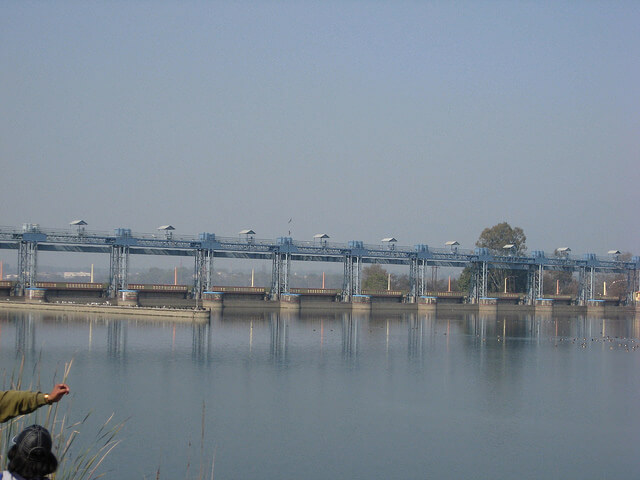
The Lake of Asan Lake combines Uttarakhand and Himachal Pradesh with its own history. Located at a distance of 28 KM from Dehradun, Asan Barrage is a famous spot for Siberian Bird. Hundreds of to see these foreign guests tend to approach the tourist posture barrage.The birds appearing here are listed as the extinct species by the IUCN’s Red Data Book (International Union for the Protection of Nature). You can see Malladros, Red Crested Pochadars, Coots, Cormants, Agates, Vaglands, Pond Herons, Pallas Fishing Eagles, Marsh Harriers, Greater Spotted Eagles, Osprey and Steppe Eagles here. In the winter season the influx of various migratory birds is high. The best time to watch birds is from October to November and February to March.
-
Buddha Temple:
The ISBT (Inter State Bus Terminal) of the capital Dun is located just a few kilometers away from the Tibetan community religious site. Which is known as Buddha Monastery or Buddha Gordon. The temple was established in the year 1965 by the Tibetan community. The amazing view of the temple attracts the tourist to its side. According to the wise, fifty artists took three years to give a golden color to the temple.
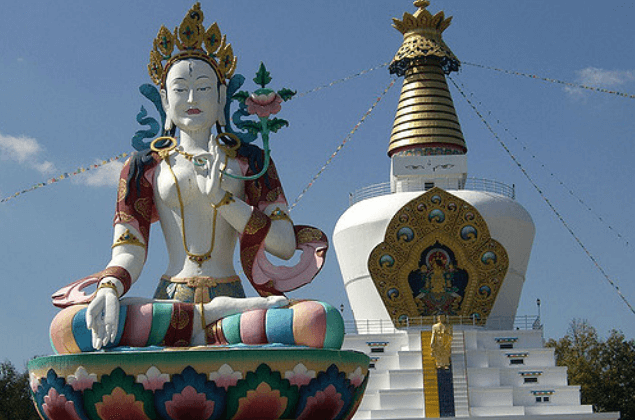
-
Forest Research Institute (FRI):
Only seven kilometers away from the Dehradun Clock Tower, the state’s only oldest Oldest Institute is located. To talk about the history of FRI, British Imperial Forest School was established in 1878 in British period. Then, in 1906, the British Imperial Forestry Service was restored as an Imperial Forest Research Institute (IFS).
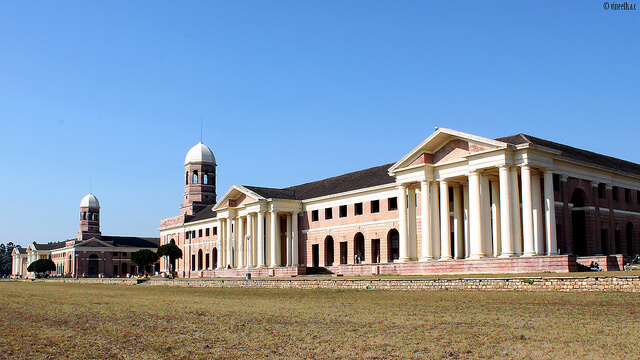
There are a total of seven museums in the FRI spread over 450 hectares. In which elements from botany have been collected. However, the Bollywood connection of FRI is also amazing. Many big filmmakers have filmed the film at the FRI campus. Like Dharma Productions, big films such as Student of the Year, Tigmanshu Dhuliya’s Pan Singh Tomar are shot in FRI.
-
Guchupani or Ravers Cave:
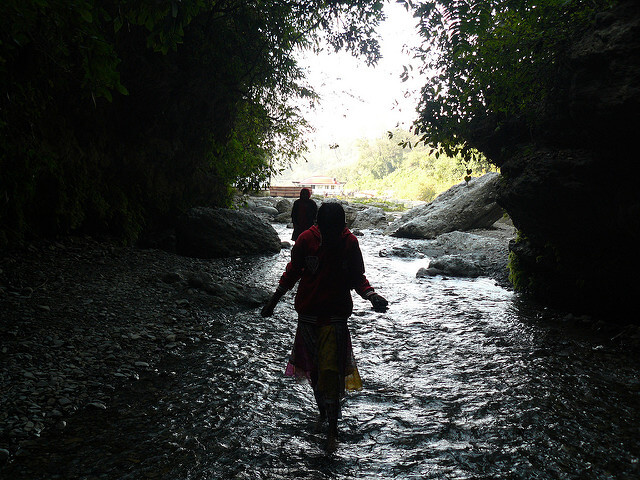
A natural spot in the middle of the mountains just a few minutes away from the kent Area of Doon. Where hundreds of summer season celebrate the salon picnic. The falling of water from the cave between the mountains, attract the Tourists greatly.
-
Malsi Deer Park:
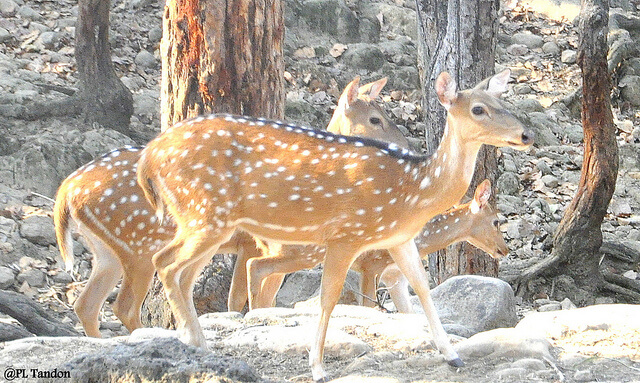
Malsi Deer Park is located on Dehradun Mussoorie route. Malsi Deer Park is also known as Mini Ju. Animals present in the park such as Deer, Chital, Peacock Tandua and many other species of animals that attract the tourists a lot. There is also a good atmosphere and space to celebrate a picnic in the park. In which you can enjoy your holidays with family.
-
Sahastradhara:
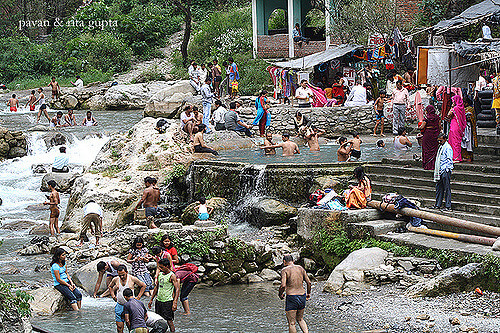
The Sahastradhara has a distinct identity in the lap of nature. To salute a picnic here, a sailani goes to enjoy the nature of the scenes. In the Sahastradhara, on one side, where small shrines, temples present on the hill, on the other hand, the Buddhist monetary tourist attracts the other side. Sahastradhara is a famous for sulfur water. It is said that in the sulfur water, any problem related to the skin from the bath in the sulfur water is removed.
-
Tapakeshwar Temple:
Tapakeshwar Mahadev Temple is a popular cave temple dedicated to Lord Shiva. It is situated on the banks of Tamasa River, located 5.5 km away from Dehradun city bus stand. There is a Shivling in the temple cave and water flows through the roof of the cave, which falls directly on the Shivling.
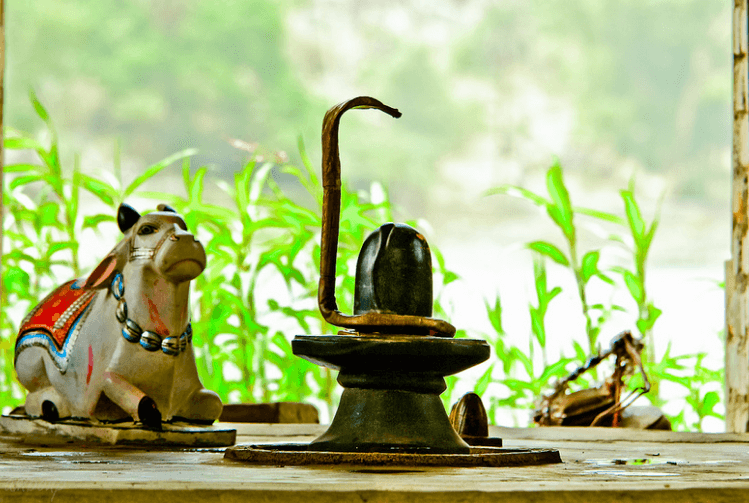
A waterfall of sulfur water falls around the temple. Sulfur water is very beneficial for skin related disease. A huge number of pilgrims come to this temple on the occasion of Hindu festival Shivaratri. Auspicious wedding ceremony of Lord Shiva and Goddess Parvati is also organized on this day.
-
Rajaji National Park:

Rajaji National Park is located at a distance of 23 km from Dehradun. This park was established in 1966. Rajaji Park is spread over an area of 830 sq km. Due to its magnificent ecosystem Park affects people very much. Rajaji, surrounded by motichur and screaming range, due to which the natural shade of the bar attracts people to itself. In 1983 these three parks were merged together. Which was named as Rajaji National Park. This park is known for its population of elephants. Here 315 species of mammals and 315 species of birds are found.
-
Maldevta:
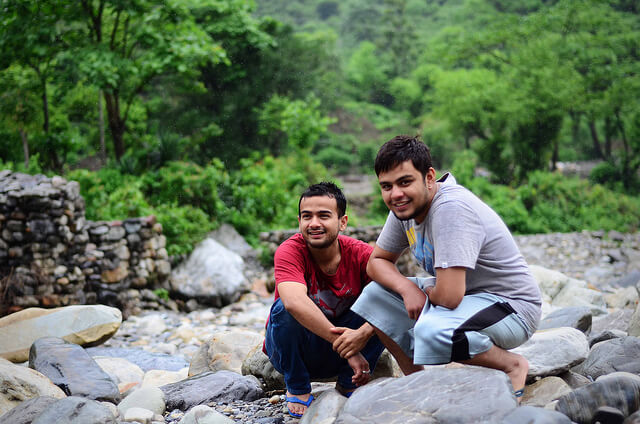
The natural beauty here attracts the mind of the tourists. It is said that when Dehradun came and did not visit the maldevta, you missed a lot. Small water fountains falling from the mountains in the maldevta, not only attract the tourists, but force them to spend time there.
-
Guru Ram Rai Darbar Sahib
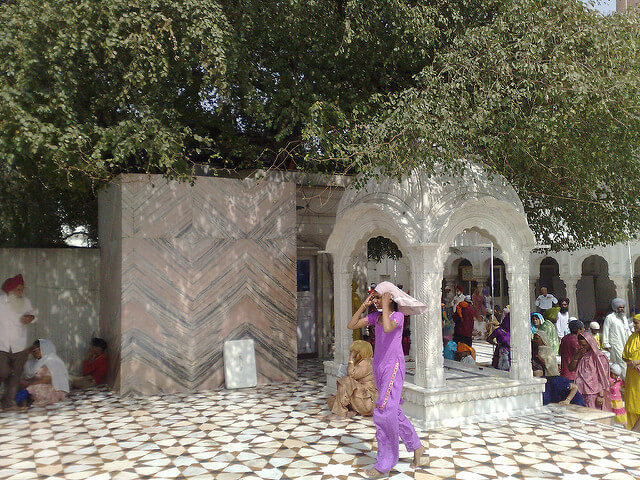
Located in the heart of Dehradun city, the Darbar Sri Guru Ram Rai Ji Maharaj is the historical and religious significance of the great monument. In fact, the name of the city of Dehradun is also only thanks to this guru Ram Rai Ji. Shri Guru Ram Rai Ji, the youngest son of seventh Sikh Guru Har Rai Ji, had camped in Doon (Valley). In 1676, after the Dera and Doon, Dehradun became. Darbar Sahib has its own distinct recognition. There are thousands of number of compatible comers in the country and abroad in the flag fair which takes place every year. Jhanda jee Mela is the biggest festival of Doon. Jhanda Ji also has his own recognition. The devotees have to apply before the year to devote the sesame seeds to Jhanda ji. Then after 20 or 25 years, a devotee gets a chance to make a scarf on the flag.
